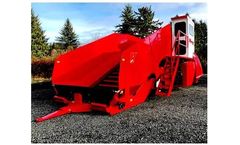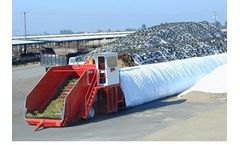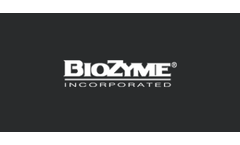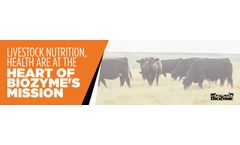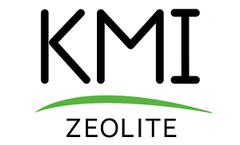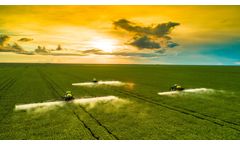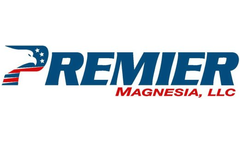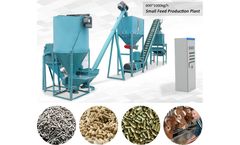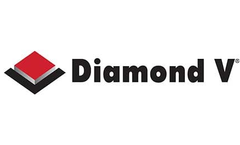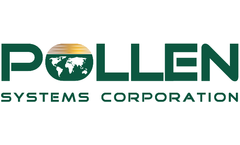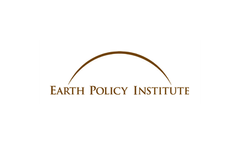Refine by
Beef Cattle Articles & Analysis
23 articles found
Choosing the right type of wire for your next fence can be challenging, but we are here to help take the guesswork out of your decision when building a fence for beef cattle. Galvanized wire mesh for livestock fencing is also referred to as stock fencing or Wire Mesh Cattle Fence, Far Fencing. ...
Cattlemen are increasingly turning to bagged silage for flexible feed management. The most fundamental beef cow feeding strategy remains the use of pasture, which is considered the lowest-cost feed resource. Therefore, many cattle operations aim to maximize pasture time annually to benefit from labor, manure management, physical activity, and nutrition ...
Milk production is increased with Dairy Cows and increased weight gain with Beef Cattle. ...
Time to make hay! Or perhaps you are getting ready to store your hay. Your geographic location can determine what phase of hay production you are in. Regardless, it’s important to ensure you are testing moisture in hay. At BioZyme®, we focus on animal health and nutrition for all animals. We know that several species, including horses, cattle, sheep and goats, depend on high-quality ...
Animal Nutrition At BioZyme®, we have been in the animal nutrition business for more than 70 years. In that time, we have grown from making a simple cattle mineral to expanding our product lines to include supplements for multiple species. These include all the animals in our lives. From those that feed and clothe the world, like cattle, hogs and sheep, to the animals that offer ...
Livestock nutrition is a big business. At BioZyme® Inc., we know that good nutrition is also the cornerstone of a good health protocol. Nutrition and health work synergistically. It’s fairly well-known that 70% of the immune response occurs in the digestive system. A healthy immune response leads to a healthy animal. That is one reason that BioZyme places such an emphasis on digestive ...
Feed Additive Zeolite is used widely by livestock farmers as an animal feed additive for beef cattle, dairy Cows, Swine, poultry (broilers & egg production), and sheep. ...
Their products have been field-tested and are very successful at tracking methane production from cattle in a working environment.10What makes Edinburgh Sensor’s products ideal for monitoring gas production in agriculture is that their sensors are designed to be robust with minimal need for maintenance and simple to install. ...
Like many other traditional industries such as automotive and banking, the agriculture and food markets are constantly faced with fundamental market shifts. New technology, science, digital capabilities, infrastructure, and viral marketing are beginning to converge, changing the environment and rules that many industries operate in. At Vytelle, we believe farmers are faced with what we refer to ...
Rectal infusion of Mg solutions can be a very effective way to help cattle that are down with grass tetany to replenish their blood Mg levels. ...
In recent years, more and more farmers who feed cattle, cow, sheep and other animals choose to make their own animal feed by purchasing a small set of ruminant animal feed production plant. ...
Heat stress is a major concern in the beef industry, causing countless problems in cattle, such as a decrease in feed intake, diminished digestibility, and a significant negative impact on performance. High temperatures can cause cattle to reduce feed intake, which can negatively affect production. Cattle have greater energy ...
This past Memorial Day weekend the promise of great trout fishing in the Snake River led us across Washington state into Idaho and entertained us all with beautiful sites along the way. As the buildings and cars faded from view, the land opened up. The air got a bit fresher. The atmosphere a little quieter and colors more pronounced. But nothing stood out more than the glowing, yellow canola ...
In some countries, such as Brazil and Argentina, beef cattle are almost entirely grass-fed. In others, such as the United States and those in Europe, beef is produced with a combination of grass and grain. ...
Before the first domestic case of bovine spongiform encephalopathy (BSE) was identified in May 2003, Canada was the world's third largest exporter of cattle behind the USA and Australia. After the detection of BSE, over 30 countries imposed an immediate ban on imported Canadian beef and cattle products, including the USA. The interdependence of ...
Geographic proximity and a long history of integration between US and Canadian cattle industries have resulted in similar management of BSE risk factors. ...
Despite a World Organization for Animal Health designation of 'controlled BSE risk', and the near eradication of BSE in the UK, over 100 countries still maintain live cattle and beef bans against the UK. A review of the evolution of outbreak from 1986 to 2008 shows that risk assessment, risk management and risk communication efforts changed markedly over that ...
The increased cost of inputs has led livestock producers in the southeastern United States to use alternative management practices to supplement beef cattle (Bos spp.) on pastures. The objective of this study was to evaluate the performance of beef heifers grazing stockpiled limpograss [Hemarthria altissima (Poir.) ...
Limited research exists on the long-term effect of fresh (FM) versus composted manure (CM) from beef cattle on barley (Hordeum vulgare L.) yield and nutrient uptake. ...
Limited research exists on the long-term effect of fresh (FM) versus composted manure (CM) from beef cattle on barley (Hordeum vulgare L.) yield and nutrient uptake. ...


